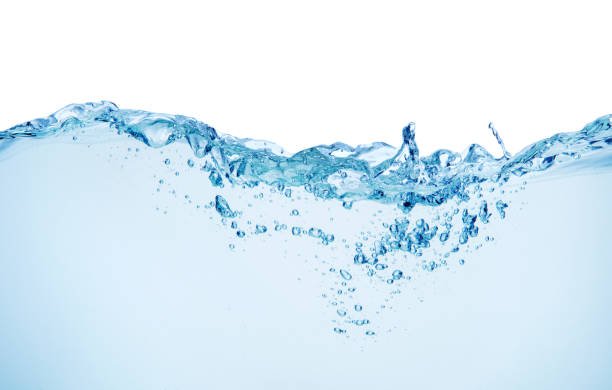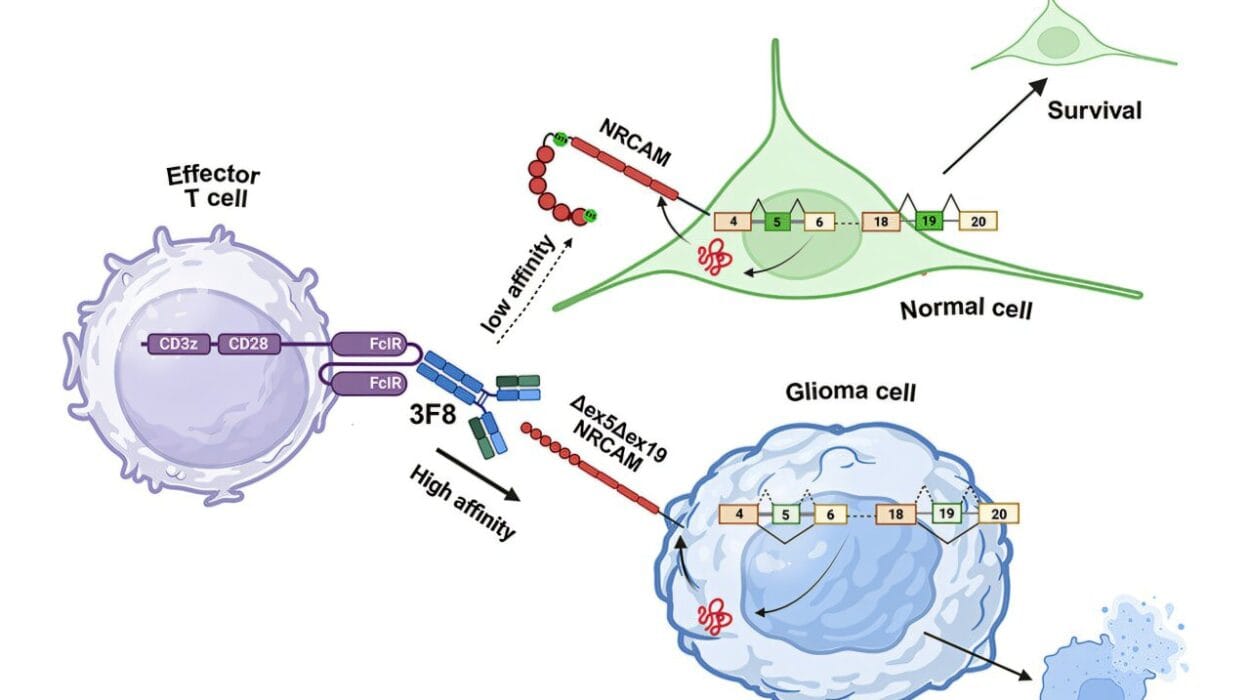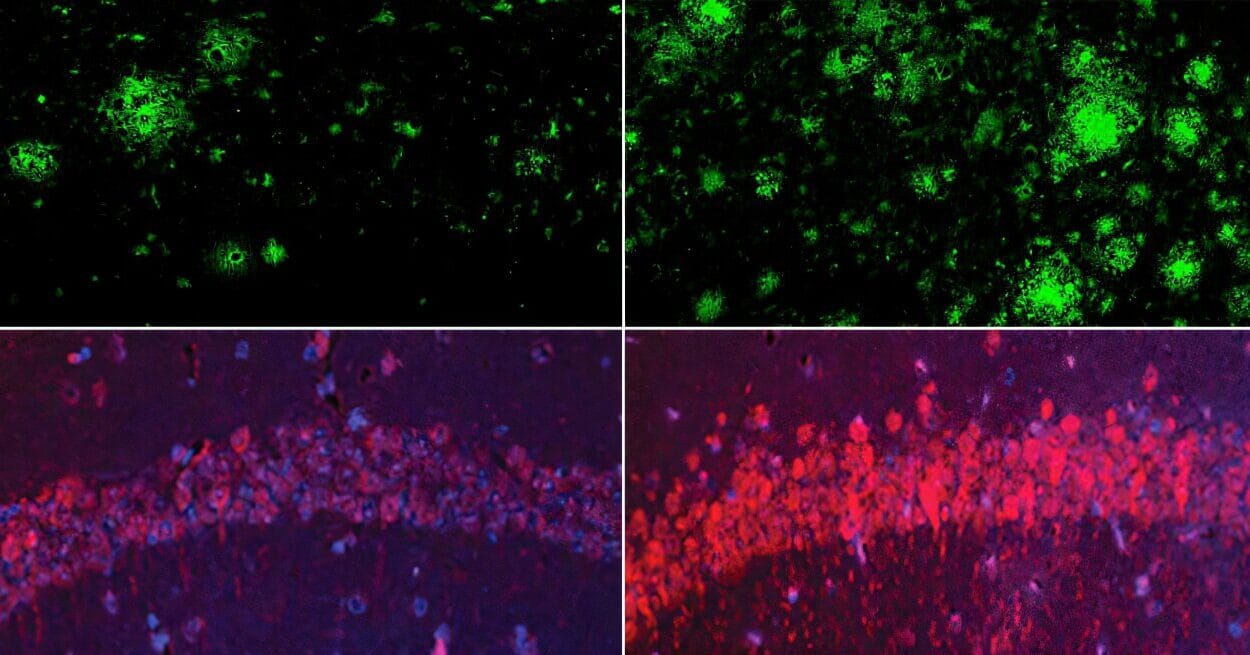We often think of medical breakthroughs in terms of dazzling technologies—robotic surgeries, miracle drugs, genetic therapies, and AI diagnostics. Yet, quietly and steadily, one public health advancement has saved more lives than perhaps any other invention in human history: access to clean water and sanitation.
It is no exaggeration to say that these two pillars—safe water and effective sanitation—form the foundation upon which every modern healthcare system stands. Without them, infectious diseases would rage unchecked. Hospitals would become breeding grounds for bacteria. Children’s immune systems would be overwhelmed before they even had a chance to develop. Medical science has long recognized that before we can heal, we must first prevent. And in that sacred mission, nothing is more essential than the water we drink and the ways we manage our waste.
Let us explore the fascinating world of medical science behind clean water and sanitation—a realm where biology, chemistry, epidemiology, and human behavior intersect to shape the health of nations.
The Biology of Contamination: How Dirty Water Makes Us Sick
To understand why clean water is vital, we must first understand how contaminated water harms the human body. Waterborne illnesses are caused by microorganisms—tiny life forms invisible to the naked eye—that thrive in untreated or inadequately treated water. These include:
- Bacteria, such as Vibrio cholerae, Escherichia coli, and Salmonella
- Viruses, such as norovirus, hepatitis A, and rotavirus
- Protozoa, like Giardia lamblia and Entamoeba histolytica
- Helminths (worms), such as Schistosoma species
When these pathogens enter the human body—most often through drinking contaminated water, consuming unwashed food, or coming into contact with fecally contaminated surfaces—they launch a microscopic war on our cells.
Diarrhea, vomiting, intestinal cramps, dehydration, liver damage, and even neurological symptoms are just the beginning. In some cases, waterborne diseases lead to chronic malnutrition, anemia, stunted growth, and immune suppression—especially in children. For pregnant women, they increase the risk of miscarriage, preterm labor, and complications during delivery.
Clean water, therefore, is not just about quenching thirst. It is a critical shield that guards the body against an onslaught of disease agents.
Diarrheal Diseases: The Unseen Epidemic
Diarrheal diseases are among the most common and deadly consequences of unsafe water and poor sanitation. From a medical standpoint, they are not just uncomfortable nuisances—they are public health emergencies, particularly in children under five.
Why are these diseases so lethal?
When the body is attacked by pathogens like E. coli or Shigella, it reacts by flushing out the intestines in an effort to expel the invaders. This leads to watery stools, sometimes dozens of times a day. With each stool, the body loses critical electrolytes—sodium, potassium, chloride—and large volumes of water.
This process causes dehydration, which can lead to:
- Low blood pressure
- Rapid heartbeat
- Kidney failure
- Seizures
- Shock
- Death
Medical interventions such as oral rehydration therapy (ORT), intravenous fluids, and antibiotics are life-saving—but they treat symptoms, not causes. From a preventative medicine perspective, the real cure is clean water and sanitation systems that prevent fecal contamination in the first place.
The Science of Clean Water: Filtration, Disinfection, and Beyond
Ensuring that water is safe to drink is both an art and a science. From the source to the tap, water must go through several crucial stages of treatment. Let’s explore the medical importance behind each of these steps.
1. Filtration: Removing the Visible and Invisible
Filtration systems—ranging from basic sand filters to advanced membrane technologies—remove suspended solids and many microbial pathogens from water. On a microscopic level, filters trap bacteria, protozoa, and even some viruses. Medical science supports filtration as a frontline defense, especially in rural or low-resource settings.
Point-of-use filtration (e.g., ceramic filters, biosand filters, and portable devices) has been shown to reduce diarrheal diseases by up to 50% in certain populations. These devices can be life-saving in disaster zones and refugee camps where centralized water systems have collapsed.
2. Disinfection: Killing the Microbial Killers
Disinfection is where the real microbial magic happens. This process involves the use of chemical agents or physical methods to kill or inactivate pathogens that survive filtration.
Chlorination, the most widely used method, disrupts bacterial and viral DNA, rendering the organisms incapable of reproduction. It’s cheap, scalable, and residual—meaning it continues to protect water as it travels through pipes.
Other disinfection methods include:
- Ultraviolet (UV) radiation: Destroys nucleic acids and prevents cell replication. Particularly effective against viruses.
- Ozonation: Uses ozone gas, a powerful oxidant, to destroy a wide range of microorganisms.
- Boiling: Still a gold standard in emergency scenarios.
From a medical standpoint, disinfection dramatically reduces pathogen loads and prevents waterborne outbreaks, especially cholera and hepatitis A.
3. Distribution and Safe Storage
Even after water has been treated, improper storage or dirty containers can re-contaminate it. Medical studies show that recontamination in households is a major source of continued disease transmission, especially in low-income communities.
The solution lies in education, safe storage practices (e.g., using containers with narrow necks and covers), and sometimes additional chlorine tablets for residual protection.
Sanitation: More Than Just Toilets
While clean water gets much of the spotlight, sanitation is equally crucial. Effective sanitation means safely managing human waste from the moment it is created until it is treated or safely returned to the environment.
Why is this so critical?
Human feces are loaded with pathogens—just one gram can contain billions of bacteria, millions of viruses, and thousands of parasite eggs. If waste is not properly separated from human contact, it becomes a direct pathway for disease transmission through water, soil, insects, and surfaces.
Types of Sanitation Systems
The medical efficacy of sanitation systems depends on their ability to interrupt the fecal-oral transmission route. There are various systems, each with different medical implications:
- Flush toilets connected to sewer systems: Gold standard in urban areas. When combined with effective wastewater treatment, they virtually eliminate exposure to human waste.
- Septic tanks: Useful in rural areas but require regular maintenance. Leaky tanks can contaminate groundwater and cause outbreaks.
- Pit latrines: Common in many low-resource settings. They reduce open defecation but can pose groundwater risks if not properly constructed.
- Composting toilets: Turn waste into fertilizer. Useful where water is scarce, but require careful handling to avoid pathogen exposure.
Medical science is particularly interested in how these systems affect vulnerable populations. Children, the elderly, immunocompromised individuals, and pregnant women face higher risks from inadequate sanitation.
Hygiene: The Human Factor
Even the best water and sanitation systems can fail without proper hygiene behaviors. From a public health perspective, hygiene is the final barrier that prevents pathogens from reaching the mouth, eyes, nose, and wounds.
The most medically validated hygiene behavior is handwashing with soap. It may seem simple, but its impact is enormous. Handwashing can reduce the incidence of diarrheal disease by up to 40% and respiratory infections by up to 25%.
Other important hygiene practices include:
- Safe food preparation
- Proper disposal of diapers and menstrual products
- Personal cleanliness
- Environmental hygiene (cleaning surfaces, controlling insects)
Medical campaigns promoting hygiene behavior change often combine education with infrastructure—providing soap, building handwashing stations, and creating culturally appropriate messaging.
Clean Water and Sanitation in Healthcare Settings
Hospitals and clinics cannot function without reliable water and sanitation. Yet, millions of healthcare facilities in low-income countries lack basic services. This puts patients and healthcare workers at enormous risk.
From a medical science perspective, water and sanitation are essential for:
- Infection control: Preventing hospital-acquired infections (HAIs)
- Safe childbirth: Reducing maternal and neonatal mortality
- Sterilizing equipment: Ensuring surgical tools are pathogen-free
- Hand hygiene: Preventing the spread of diseases like MRSA or norovirus
- Waste disposal: Managing medical waste without contaminating the environment
Studies show that improving WASH (Water, Sanitation, and Hygiene) in healthcare facilities leads to better patient outcomes, reduced mortality, and improved trust in medical institutions.
The Role of Clean Water in Disease Eradication Campaigns
Medical history is filled with stories of great disease eradication efforts—polio, guinea worm disease, and smallpox. Each success relied heavily on clean water and sanitation.
For example:
- Guinea worm disease: Transmitted by drinking water containing infected copepods. Eradication campaigns focused on filtering water and providing clean sources. Cases dropped from 3.5 million in 1986 to just a handful today.
- Trachoma: A leading cause of blindness. Spread by dirty hands and flies. Sanitation and hygiene (the “SAFE” strategy) are central to prevention.
- Cholera: Outbreaks occur in areas with poor sanitation. Clean water systems and rapid response teams are key to control.
Medical science has repeatedly demonstrated that clean environments beat even the best medicines in the long term.
Climate Change and the Future of Waterborne Diseases
As climate change intensifies, so too will water-related health risks. Floods contaminate water sources, droughts concentrate pollutants, and rising temperatures enable pathogens to thrive.
Medical science is preparing for:
- Increased cholera and typhoid outbreaks
- Expansion of mosquito-borne diseases like malaria and dengue into new regions
- Higher prevalence of fungal and parasitic infections
- Strains on water systems in growing urban slums
The future will demand innovative medical responses: climate-resilient infrastructure, real-time pathogen monitoring, and global cooperation to maintain water security.
Conclusion: Prevention Is the Highest Medicine
For centuries, doctors treated diseases only after they struck. But modern medical science, informed by epidemiology and public health, has learned a deeper truth: the best cure is prevention.
Clean water and sanitation are not luxuries or conveniences. They are non-negotiable medical interventions—as vital as vaccines, antibiotics, or emergency surgery. They save lives, improve quality of life, reduce healthcare costs, and build the foundation for healthy societies.
As we continue to push the frontiers of medicine—toward gene editing, personalized care, and artificial intelligence—we must never forget that the simplest technologies remain the most powerful. A clean toilet, a safe tap, a bar of soap: these are the true miracles of medicine.
They are not only lifesavers—they are life makers.






